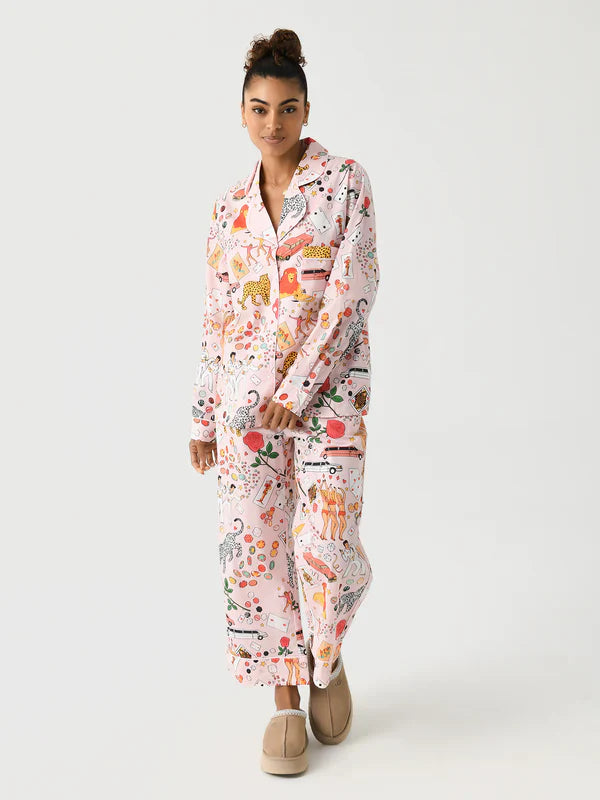Mastering the Art of the French Braid

In this expert guide, we’ll explore the nuances of creating a perfect French braid, along with tips, tricks, and variations to elevate your hairstyling game.
What is a French Braid?
A French braid involves weaving hair into an intricate pattern that lies close to the scalp. Unlike a traditional three-strand braid, a French braid incorporates additional hair with each twist, creating a seamless and structured look. Its appeal lies in its balance of complexity and simplicity—while it looks intricate, mastering it is achievable with practice.
Step-by-Step Guide to French Braiding
Tools You’ll Need:
- A detangling brush or comb
- Elastic bands
- Styling clips (optional)
- Hair serum or leave-in conditioner (for a smoother finish)
Instructions:
-
Prepare Your Hair:
Start with clean, dry, or slightly damp hair. Brush thoroughly to remove tangles and apply a lightweight serum to minimize frizz. -
Divide the Top Section:
Gather a triangular section of hair from the crown. Split it into three equal strands. -
Start Braiding:
Cross the right strand over the middle strand, then cross the left strand over the new middle strand. This is the foundation of your braid. -
Incorporate Hair:
As you continue braiding, add small sections of loose hair to each strand before crossing it over. Ensure even distribution to maintain balance. -
Continue Downward:
Repeat the process, working your way down the scalp. Keep the braid taut but not overly tight to avoid discomfort. -
Secure the Braid:
Once you reach the nape of the neck, transition to a standard three-strand braid. Secure the end with an elastic band. -
Final Touches:
Tuck away stray hairs using a bobby pin or spritz with hairspray for extra hold.
Tips for a Flawless French Braid
- Practice Makes Perfect: Start with larger sections of hair to simplify the process, then gradually move to finer sections for a more intricate look.
- Use a Mirror: For beginners, working in front of a mirror (or with a second mirror for the back) helps maintain symmetry.
- Section Control: Keep your strands consistent in size for an even braid.
- Grip Matters: A light grip prevents unnecessary pulling and ensures comfort, especially for long-term wear.
Popular Variations of the French Braid
- Double French Braids: Perfect for active days or sporty looks, this involves creating two parallel French braids.
- French Braid Updo: Weave a French braid and wrap it into a bun for an elegant updo.
- Side French Braid: Start at one temple and braid diagonally across for a boho-inspired style.
- Dutch Braid: Essentially an "inside-out" French braid, where strands are crossed under instead of over, creating a raised braid effect.
Why Choose the French Braid?
The French braid transcends age, hair type, and occasion. It’s a protective style that minimizes hair damage while offering versatility in design. Whether you’re looking to tame flyaways or make a bold statement, the French braid is a skill worth mastering.
Conclusion
The French braid is a testament to the art of hairstyling, combining technique and creativity. With practice, patience, and a touch of inspiration, anyone can master this iconic look. So grab your brush, follow this guide, and start weaving your way to hair perfection.
Whether you're a novice or a seasoned stylist, the French braid never ceases to impress—classic beauty truly never goes out of style!


